Bovine TB
Article curated by Rowena Fletcher-Wood
Bovine TB is a respiratory disease where bleeding wounds develop on a cow’s lungs and sometimes udder. These may or may not open, but if they do, the animal will contract a painful cough, perhaps with spots of blood, and struggle to breathe. At this time, the cattle are infectious. If the disease is left to worsen, milk can eventually turn watery and bluish, and bones degrade. Bovine TB affects not only cattle, but also deer, pigs, cats, foxes, rodents and humans – but not sheep. The fact that it can infect humans make the disease zoonotic. Zoonotic diseases are much harder to limit and control than non-zoonotic diseases.
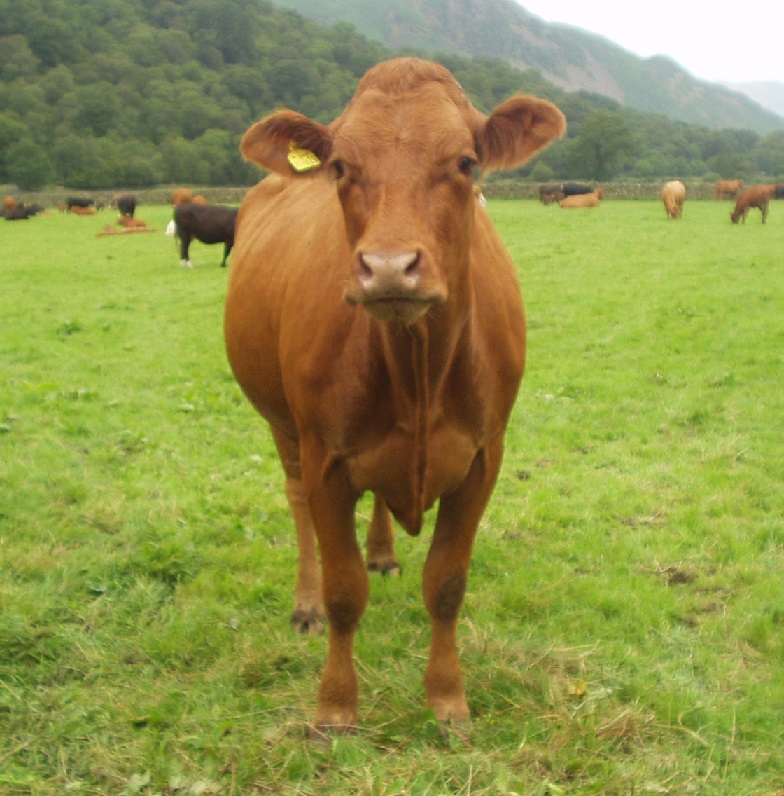
The TB relationship between humans and cows peaked during industrialisation in the Victorian period due to cramped, clustered and unhygienic living conditions. Milk, then unpasteurised, was a big source of infection and lots of people died from drinking it. Soon, tuberculosis testing was introduced and selling infected milk became illegal. If a herd had members in it that tested positive for TB, the whole herd was culled, and by 1958 the disease was thought to have been eradicated, until farmers in Cornwall and Gloucestershire started to report occasional instances. Later studies have speculated[1] that this reintroduction was due to badgers. Acting as a wildlife reservoir for the disease, badgers made contact with cattle – rekindling the spread. From then on, instances increased. Interestingly, TB is probably a human disease in its origin. DNA studies since 1999 suggest that the ancestral bacterium of today’s strand is chromosomally similar to the human form of the disease. The bovine form is most likely to have evolved later.


Vaccination – the good, the bad and the ugly
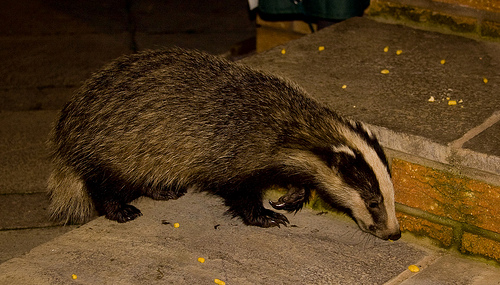


 2
2
Transmission, and introduction to badger problem

TB is transmitted through inhalation of infected droplets from the lungs of a diseased animal, or contact with its urine, faeces or unpasteurised milk. However, uncertainty remains surrounding the ways, by which infected and uninfected wild and domestic animals interact and transmit the disease[3]. Although it is evident that badgers as a wildlife reservoir of bovine TB contribute to its spread, the extent of their contribution can’t be quantified. Research suggests cattle movements are crucial to disease movement, but only so long as some local wildlife has contracted TB. Two solutions have been suggested to deal with badgers – vaccinating them and culling them.


Badger culling
Badger culling has been highly criticised as cruel and ineffective. The expertise and dedication required to produce an effective cull is similar to the expense and dedication required for effective vaccination: a lot. Further, culling is often carried out across a wider area. Proactive culling requires around 160,000 trap nights over 4-7 years per 100 km2[4]. Experts remain unable to quantify the extent to which badger culling might provide a long-term solution to bTB control, partly because nobody knows exactly how many badgers there are or how they are distributed[5]. The figures in studies are estimates based on a series of assumptions. These assumptions are (1) that the number trapped is always directly proportional to the whole population (i.e. you always trap 1 in, say, 6 badgers, no matter how much effort you put in); (2) that badger births and natural badger deaths do not fluctuate; (3) that badger immigration and emigration are equal, and that habitats and food availability remain the same year to year[6]. Whilst some of these assumptions are more valid than others, they are always vague enough to provide a big percentage error.


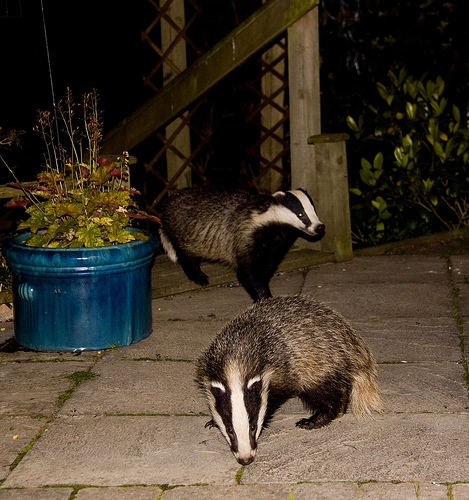
In the most thorough badger cull of 104 km2 across Thornbury in Gloucestershire and Avon between 1975 and 1981, cattle herd incidences of bovine TB dropped to only 15% and 60% in surrounding areas over the next 10 years[8]. Since only badgers were culled and no other animal, and the area and timescale are large enough, these results have been upheld as pivotal statistically meaningful evidence in support of badger culls. However, more recent work suggests that the disease could have dropped off simply because of depleted badger numbers, not because badger-badger, badger-cattle and cattle-badger transmissions were any less likely. In fact, the diseased proportion of remaining badgers could well have increased. This is because disturbed badgers migrate. Although studies on perfectly calm, undisturbed badgers describe them as contractionist, living in groups spread over only 1-2 km[6], it seems evolutionary unwise for badgers not to move on when times get tough, and unhelpful to use normal badger behaviour as an indicator of how they’ll behave under stressful, changing conditions. In fact, badger migration is well-recorded. In the randomised badger culling trial of June 2007 by the Independent Scientific Group on Cattle TB, TB increased just outside proactively culled areas, suggesting that badgers were getting the hell out[4][6]. To minimise this “perturbation effect”, badger culls now use big roads, wide rivers and coastlines as boundaries to culled areas – but there still a small upsurge in TB in the surroundings: a 23% decrease in cattle TB inside the culled area pairs with a 25% increase just outside. Worse, if culling is reactive – a response to outbreak – there is only a 20% increase in cattle TB. As badgers travel and meet new badgers, the rate of TB amongst badgers increases and the disease gets more widely distributed. TB distributions in cattle reflect TB in badgers.


Disease recovery
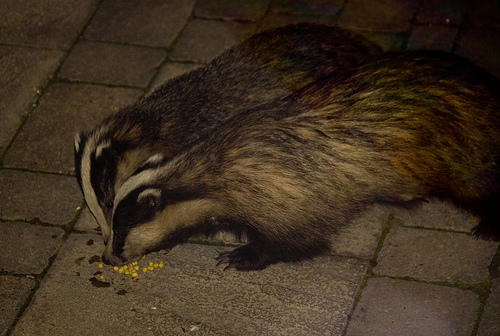


Mathematical modelling
Mathematicians have become interested in badger culling because of badger clustering and the perturbation effect. One group tried to use spatial modelling to geographically target culls[5]. This technique works for other cases, such as seeking out water pipes that house cholera, but it doesn’t work for badgers. They simply move too much. And the more you cull, even in one targeted area, the more they move.


Alternative control strategies
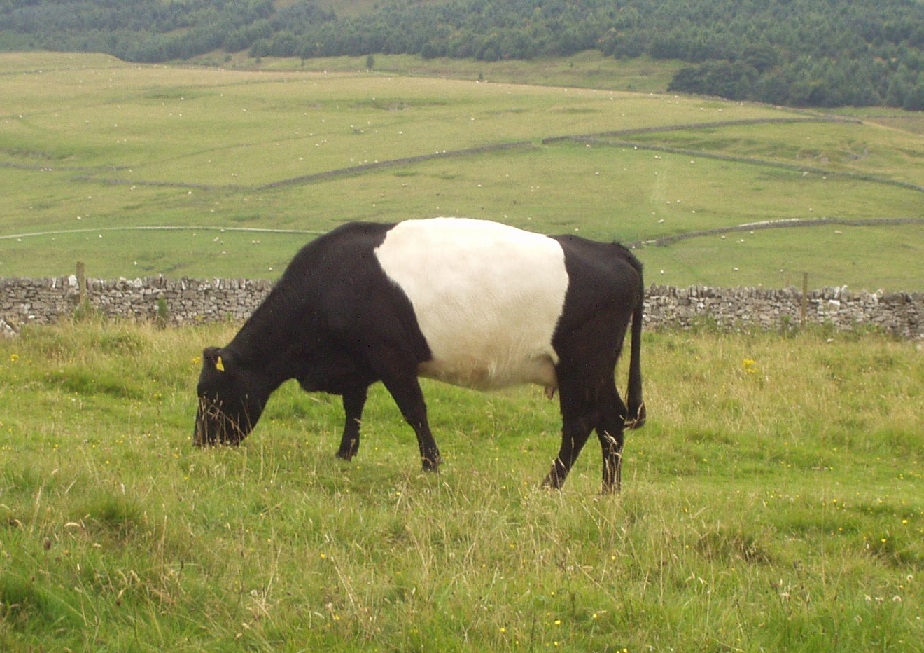
There are many alternative strategies for controlling the spread of TB, including medicines, cattle culling, quarantining new cattle, and farm management of cattle movements, feeding and housing. Weirdly, none of these have been carried out alongside badger strategies. One limitation of TB control is the problem of identifying the disease. This means more testing in badgers (currently ~125/5000 are tested) and faster, cheaper diagnoses in cattle. Researchers working in whole genome sequencing have already identified ways to improve the diagnosis by collecting bacterial cells and sequencing them, looking for the characteristic bTB code[7]. This reduces the cost of testing from £517 to £481 per positive case and increases the chance of finding them. Badgers are hard to cull and hard to vaccinate. Both measures are non-economical and time-consuming for badger-handling experts. Culling badgers causes them to break out of their normal social groups, increasing the spread of disease amongst badgers, especially just outside a culled area. Only when badger numbers are significantly depleted does badger culling produce a noticeable effect inside the culled area. Cattle vaccination is currently banned because current diagnostic methods can’t tell the difference between vaccinated and diseased meat.


The Independent Scientific Group on Cattle TB conclude their 2007 report by saying: "First, while badgers are clearly a source of cattle TB, careful evaluation of our own and others’ data indicates that badger culling can make no meaningful contribution to cattle TB control in Britain. Indeed, some policies under consideration are likely to make matters worse rather than better. Second, weaknesses in cattle testing regimes mean that cattle themselves contribute significantly to the persistence and spread of disease in all areas where TB occurs, and in some parts of Britain are likely to be the main source of infection. Scientific findings indicate that the rising incidence of disease can be reversed, and geographical spread contained, by the rigid application of cattle-based control measures alone."
This article was written by the Things We Don’t Know editorial team, with contributions from Rowena Fletcher-Wood.
This article was first published on 2021-04-15 and was last updated on 2021-04-15.
References
why don’t all references have links?
[1] J. Hyg., Camb. (1982), 89, 211-224. [2] Ameni, Gobena, et al. Field evaluation of the efficacy of Mycobacterium bovis bacillus Calmette-Guerin against bovine tuberculosis in neonatal calves in Ethiopia. Clinical and Vaccine Immunology 17.10 (2010): 1533-1538. [3] Gilbert, Marius, et al. Cattle movements and bovine tuberculosis in Great Britain. Nature 435.7041 (2005): 491. [4] Bourne, John. Bovine TB: the scientific evidence: a science base for a sustainable policy to control TB in cattle: an epidemiological investigation into bovine tuberculosis. Department for Environment, Food and Rural Affairs, 2007. [5] Smith CM, Downs SH, Mitchell A, Hayward AC, Fry H, et al. (2015) Spatial Targeting for Bovine Tuberculosis Control: Can the Locations of Infected Cattle Be Used to Find Infected Badgers? PLoS ONE 10(11): e0142710. doi: 10.1371/journal.pone.0142710. [6] The History, Distribution, Status and Habitat Requirements of the Badger in Britain. Peterborough; Nature Conservancy Council. Authored by P Cresswell, S Harris and DJ Jefferies, 1990. [7] Rapid, comprehensive, and affordable mycobacterial diagnosis with whole-genome sequencing: a prospective study, as published in the Lancet Respiratory Medicine
Recent bovine TB News
Get customised news updates on your homepage by subscribing to articles












